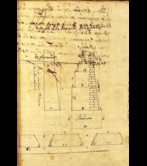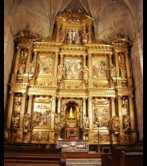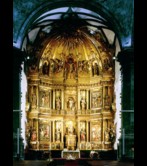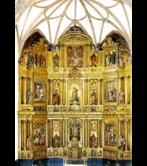Art and Architecture
The Baroque in Gipuzkoa
In Spain and in Gipuzkoa, the 17th-18th centuries, except for brief moments of recover, were a time of political, socio-economic and demographic crises, while they were a period of restoration and progress from a religious perspective, thanks to the Council of Trent.
Both facets are reflected in the art and the architecture, where prior to starting new constructions, ones started in previous stages were finished or enhanced (with some notable exceptions). A classical and not excesively lavish style prevailed, which was far from the ornamental domination associated with the Barroque in the history of art.
Civil Architecture
It is during this period that the town houses were built. Restrained and elegant, they define the character of the squares, and reflect a civilian movement that wants to demonstrate its power in the face of an omnipresent Church: Arrasate, Oñati, Astigarraga…
The many rural and urban palaces, built by people linked to the monarchy or those who made their money in the Caribbean, are also a product of the Baroque period, such as the palaces of Lazcao, Ipeñarrieta in Urretxu, Monterrón in Arrasate, Idiaquez in Tolosa, Lardizabal in Segura, etc
At the same time, rural housing developed significantly thanks to the general wealth created by maize cultivation. Large quantities of grain and the need to shelter livestock led to a mainly functional change in building although houses displayed heraldic shields as a symbol that the farmhouse was also the ancestral home.
Religious Architecture
In common with the rest of society, the Church went through an economic crisis in the 17th century which limited it to finishing work begun in the previous century, such as adding bell towers, entrances, façades or sacristies. A large number of bell towers were built during the 18th century, a symptom of a flourishing economy thanks to America, and also through a desire to make communities stand out: Hondarribia, Usurbil, Andoain, Oiartzun, Abaltzisketa, Aizarna, Eibar, Zumarraga, Soraluze, Bergara, Hernani, Azkoitia, Zegama…
The Loyola (Azpeitia), Basilica, deserves special mention, an entirely Rococo building with a magnificent dome richly decorated both inside and out. The church of Santa María del Coro (Donostia) also stands out, mainly financed by the Real Compañía Guipuzcoana de Caracas. It has a ornamental Rococo doorway, common in Spain and Latin America, but not in the Basque Country, especially designed so as to be visible from the Calle Mayor which formed the entrance to the city.
Further information here: "Church dorways in Gipuzkoa" (Bertan Colection).
Military architecture
While the mediaeval walls in Gipuzcoan villas were absorbed into the city as their military function waned, in Hondarribia and Donostia, which were fortified frontier towns, a system of bastions was developed in an attempt to deal with prolonged sieges and ever more effective artillery attacks.
Further information here: "Fortifications in Gipuzkoa: 16th - 19th centuries"
Sculpture and Painting
As in the previous century, the best sculpture is to be found in the altarpieces. In the transition from the Romanesque to the Baroque, foreign sculptors played a key role, among them Gregorio Fernández, Pedro de la Torre and Bernabé Cordero, who influenced local artists. There are many fine examples of their work.
Painting, on the other hand, was of hardly any importance, just as it hadn’t been in the previous epoch. In fact, during this epoch, rather than commission new hangings or frescoes, there was a tendency to resort to gilding and painting altarpieces and carvings.

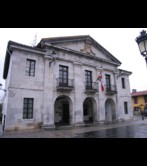
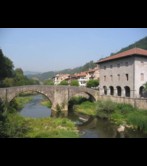

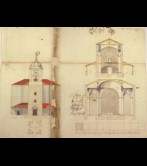

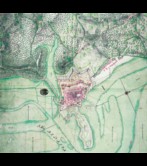
_petita.jpg)
